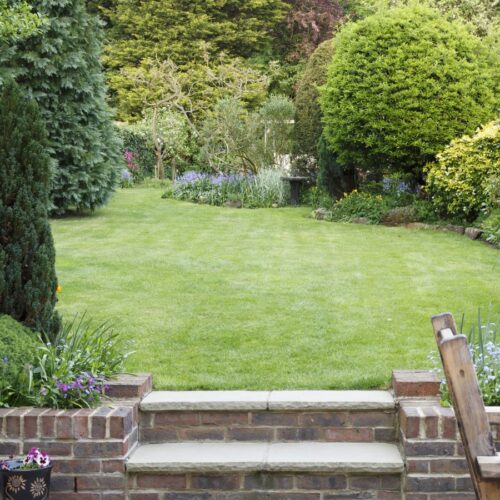Barn owls are a popular yet mysterious bird species which, if seen at all, are most likely glimpsed gliding like ghosts over crops at dusk. Their screeches can send shivers down anyone’s spine. They are incredible hunters with huge eyes and sharp talons, yet they have suffered population declines in the UK. This has mainly been attributed to changes in farming practices and possible effects of pesticides such as DDT.
This has resulted in their inclusion under schedule 1 of the Wildlife and Countryside Act 1981 (as amended) and so must be considered if you are planning or developing an area and this may affect their breeding or foraging habitat. Natural England advises that a licence will be required for anyone entering potential barn owl sites for the purpose of owl surveying, because disturbance is considered likely. Surveys can include activity transects, searching for potential nesting sites, looking for signs such as owl pellets and gathering information on sightings from local residents.
Lately their population has increased due to concentrated efforts by conservationists, and local groups raising awareness and installing and monitoring barn owl nest boxes. This has resulted in barn owls being moved from the amber list to the green list on the Birds of Conservation Concern (BOCC) list as the number of breeding pairs recorded has increased. However, conservation efforts must not be stopped and more research is required on this nocturnal bird of prey.











